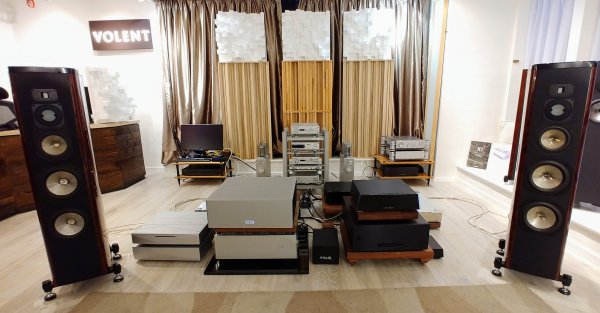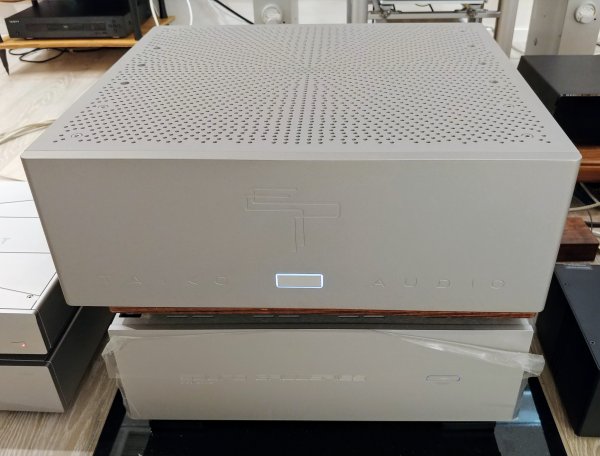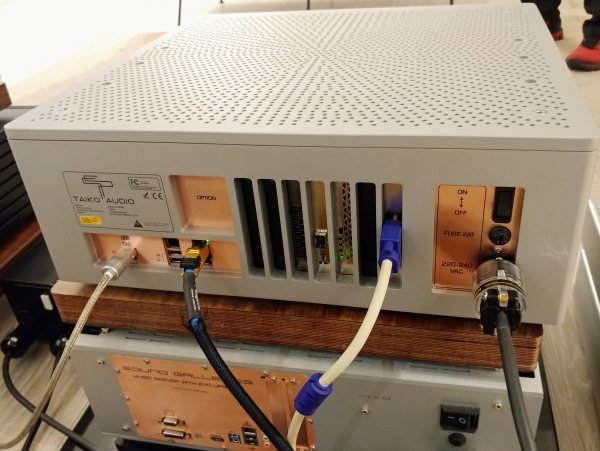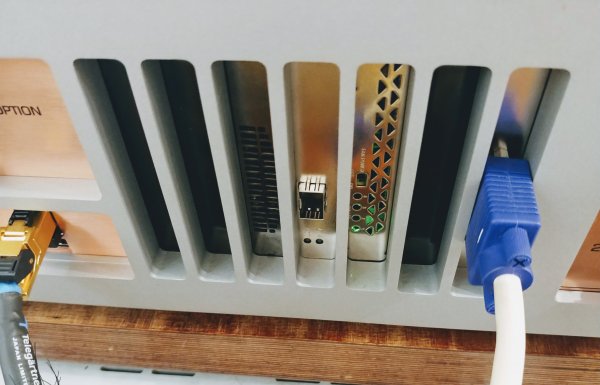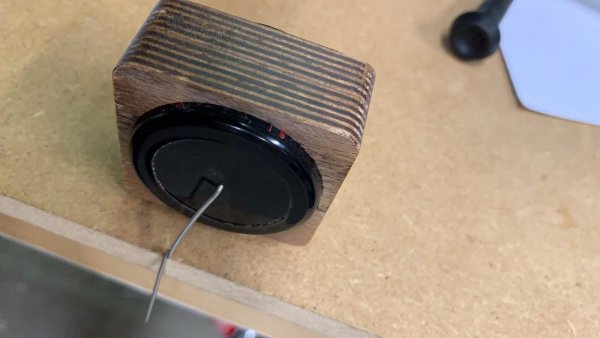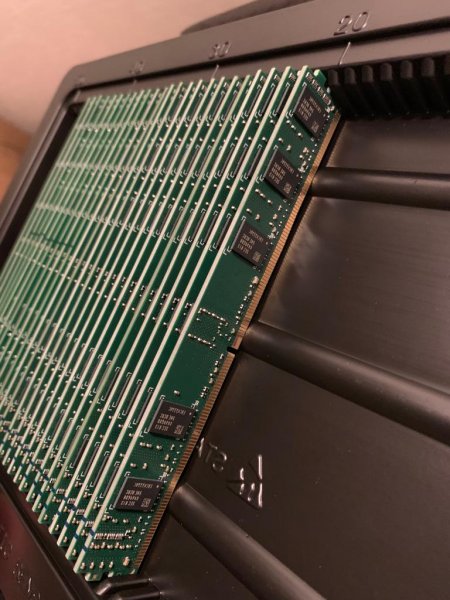Emile of Taiko Audio told me that he has been very busy to fulfill the orders of SGM Extreme for his Korean customers and he doesn't have time nor energy to start a thread on WBF.
Let me do it for him.
Here are some of the spec of the Taiko Audio SGM Extreme :
Let me do it for him.
Here are some of the spec of the Taiko Audio SGM Extreme :
- -Dimensions 483*450*180mm including feet,
- -Weight: 42Kg / 93lbs.
- -Dual Xeon Scalable 10/20 core CPUs.
- -48Gb (12*4Gb) custom memory modules.
- -The 2 cpu’s and 12 memory modules are not shared but split into 2 domains, 1 dedicated to the operating system, 1 dedicated to music related services and playback software.
- -All storage is directly connected to the Xeon CPU integrated disk controllers, no sata ssd’s / controllers used. Maximum number of drives supported: 24.
- -400 watt high current powersupply, lundahl chokes, ~700.000uF mundorf electrolytics, duelund pure silver foil bypass capacitors.
- -Custom Windows 10 Enterprise LTSC 2019 OS.
- -Playback software: Roon + Jplay, HQplayer optional.
- -Completely passive cooled, no fans.
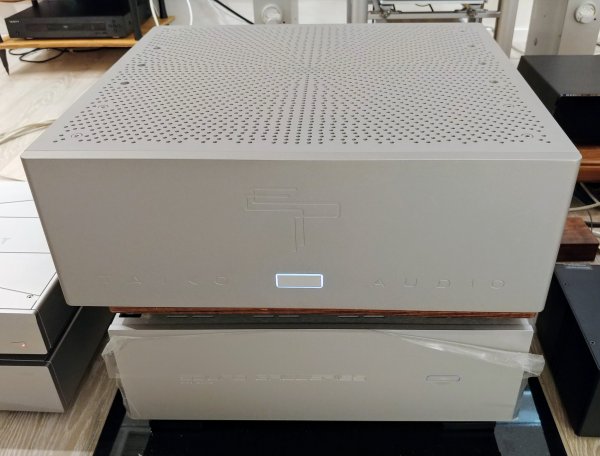
Attachments
Last edited by a moderator:




